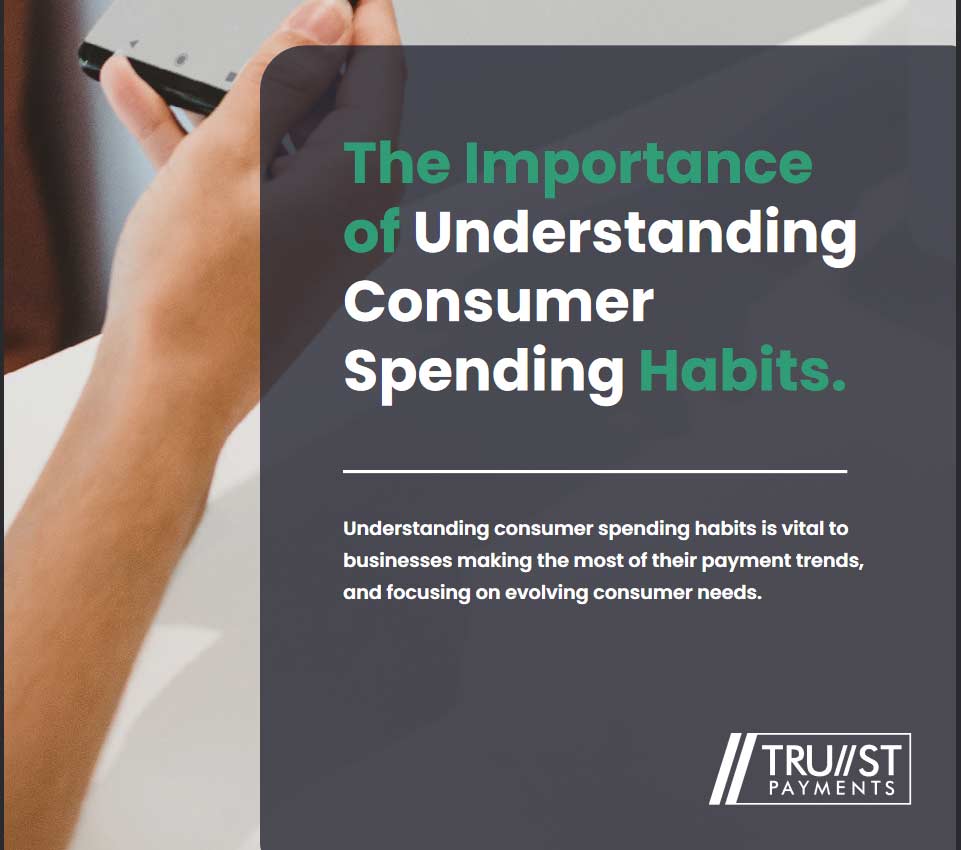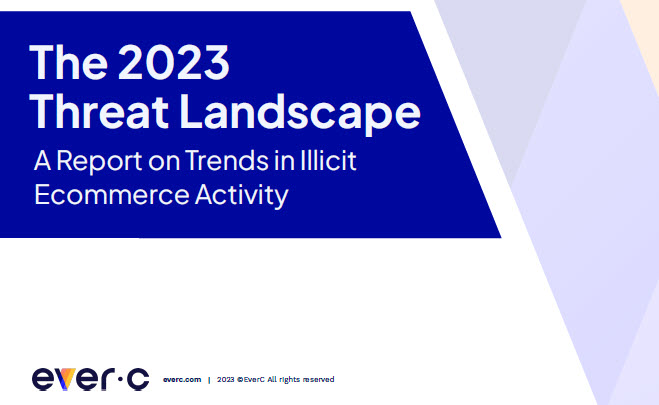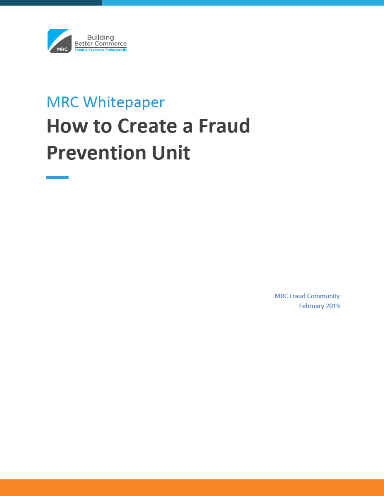Brazilian e-commerce data from 2020 to 2024 highlights opportunities for merchants
Companies that sell online are finding in Brazil a great choice for international expansion. Industries such as retail and digital goods saw an exponential rise in sales during the pandemic, which accelerated even more a change that was already taking place in the country: they had, respectively, a 44% and a 50% increase in sales volumes between 2019 and 2020.
The data comes from the white paper Brazilian E-commerce and Payouts in 2021: A deep dive into Brazil’s e-commerce and payout landscape, conducted by payments fintech BoaCompra by PagSeguro in partnership with Americas Market Intelligence (AMI). The study offers an in-depth look at the e-commerce scenario in Brazil, several trends for sellers aiming to operate or already operating in the country, and the current opportunities for disruptive payout processes.
In this article, we’ve highlighted 4 of the main opportunities for your business in Brazil, which will show you the potential of this market. Keep on reading to understand them.
1. Retail and digital goods grew exponentially in 2020
The online retail and the digital goods sectors were outliers among Brazilian e-commerce between 2019 and 2020, growing at a very high rate even amidst economic uncertainties. Nevertheless, the e-commerce market as a whole had a 7% growth in the period, even with brick-and-mortar retail spend falling by 22% and the national GDP falling 4%.
Brazilians were already big online shoppers, but the need for social distancing made it an even bigger part of their routine. They expanded the kinds of products they are used to routinely buying online, which now includes not only electronics and furniture, but also groceries, clothing, hygiene products, items for exercising at home, and much more.
The market is rising faster and faster, being a ripe opportunity for merchants aiming to sell their products (digital or not) in Brazil. The white paper highlights that the Brazilian e-commerce market is expected to grow at a CAGR of 30% through 2024, thus soaring higher than a $ 300 billion total.
2. Cross-border merchants will outpace domestic e-commerce growth
Brazilian consumers value product variety, competitive prices, and easy shopping experiences, which is why disruptive cross-border merchants selling to this public tend to flourish. Even though shopping from foreign companies dropped 13% in 2020 (a result of the depreciation of the national currency, supply chain difficulties during the highest points of the pandemic, and the severe decrease suffered by the travel industry), offshore e-commerce is growing faster than domestic e-commerce.
BoaCompra’s white paper shows that, while domestic e-commerce will grow at a rate of 30% per year in the next few years, cross-border selling will grow at 33% annually, thus outpacing national merchants. This high growth is propped up primarily by retail, gaming, software, and e-learning companies. Cross-border retail is on its way to a full recovery, since Brazilian consumers are eager to resume this kind of shopping — and is, in fact, already doing so.
3. Brazil is a digital-first country
Brazil is a highly digitized country with a heavy-consuming population, that is, a perfect space for merchants from anywhere in the world to sell. As online shopping became bigger and bigger in Brazil, especially after the pandemic, sellers were quick to adapt to this scenario, improving logistics, UX, product variety, and much more.
It’s no wonder, then, that Brazil has a very disruptive financial scenario. The country has the highest number of digital accounts in Latin America: 88% of Brazilians have one, issued
by a traditional bank, a digital bank, a digital wallet, or a fintech. Meanwhile, instant payment method Pix, released by Brazil’s Central Bank in November 2020, has been showing a monthly increase of around 53% in P2B payments since its launch, and is already one of the main payment methods in the country.
Brazilians also increased shopping through mobile devices (both from mobile websites and apps), which grew 39% between 2019 and 2020. According to the white paper, more than 80% of visits to e-commerce stores now come from mobile devices. This means that this is a consumer profile that quickly accepts digitization advancements, values good UX in every step of the purchasing process, and tends to embrace innovative companies
4. Offering local payment methods increases sales conversion
Even with the high number of digital account owners, only 36% of the Brazilian population has access to credit cards — the most readily accepted online payment method. However, around 80% of those are enabled to only accept domestic payments. Pix and boleto bancário are two other major payment methods in the country; besides, the habit of paying in installments is extremely common, especially with higher-value purchases.
Besides being accustomed to paying with local payment methods, Brazilians also prefer to be shown prices in the national currency, Reais — otherwise, the chances of significant price fluctuation due to conversion fees and currency variation are very high.
How is this an opportunity for foreign merchants? Because it represents a major point of differentiation between cross-border sellers that accept local payment methods and local currency, and those that don’t. In such a highly competitive scenario, as we’ve shown here, any aspect that can make a company stand out from the competition matters — especially one such as payment, which is so important for Brazilian customers.
Founded in Brazil and also operating in 16 other Latin American countries, BoaCompra is the ideal partner for merchants looking for a one-stop solution to accept local payments in Brazil and start selling to this public. Click here to download the full white paper and learn more about the opportunities, trends, and challenges of e-commerce in Brazil.









